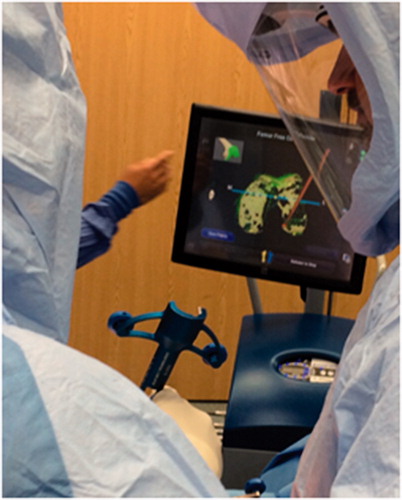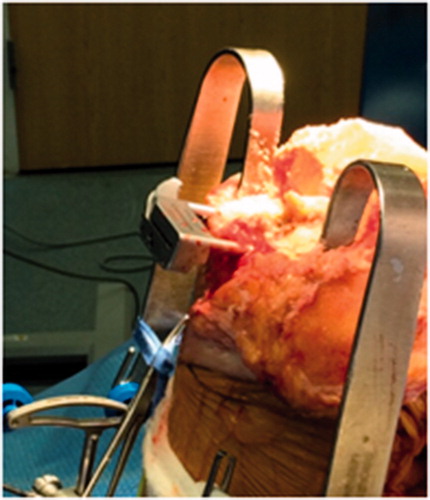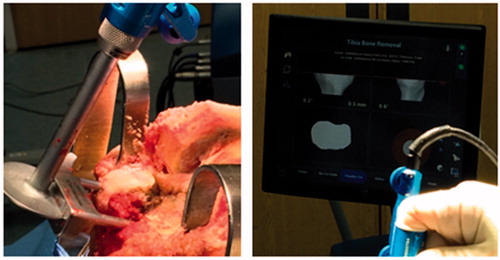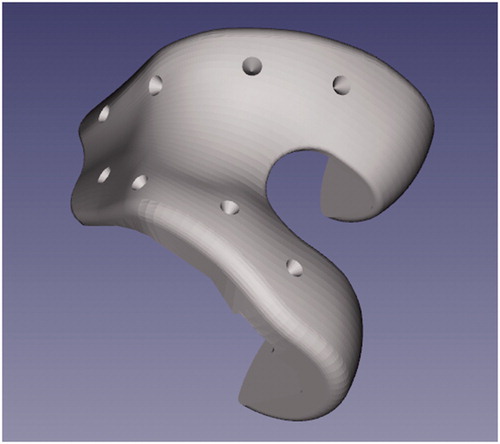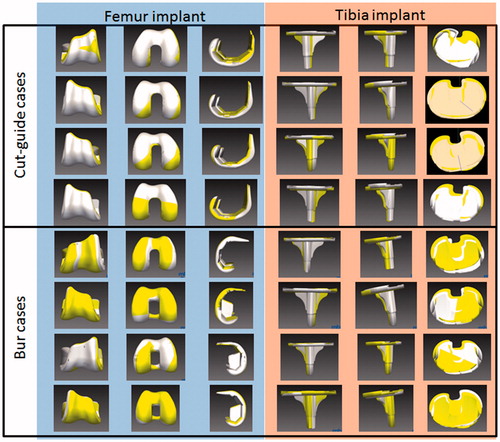Figures & data
Figure 1. Initial setup of bone trackers during a Navio TKA procedure. The bone arrays are fixed using bone screws on the femur and the tibia.
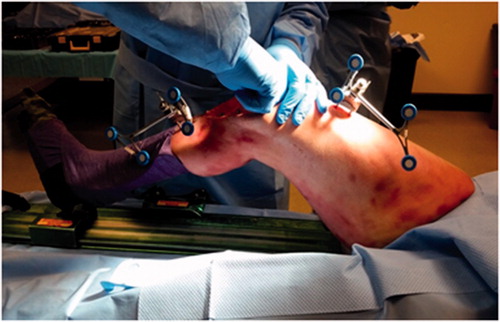
Figure 2. Soft tissue and ligament laxity characterization through full range of motion of the knee joint.
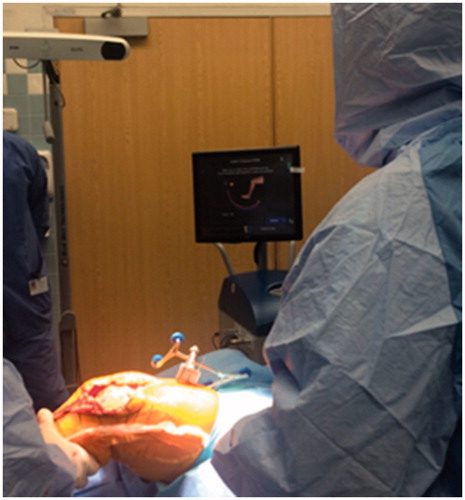
Table 1. Overall, burring and cutguide-based implant placement error.

